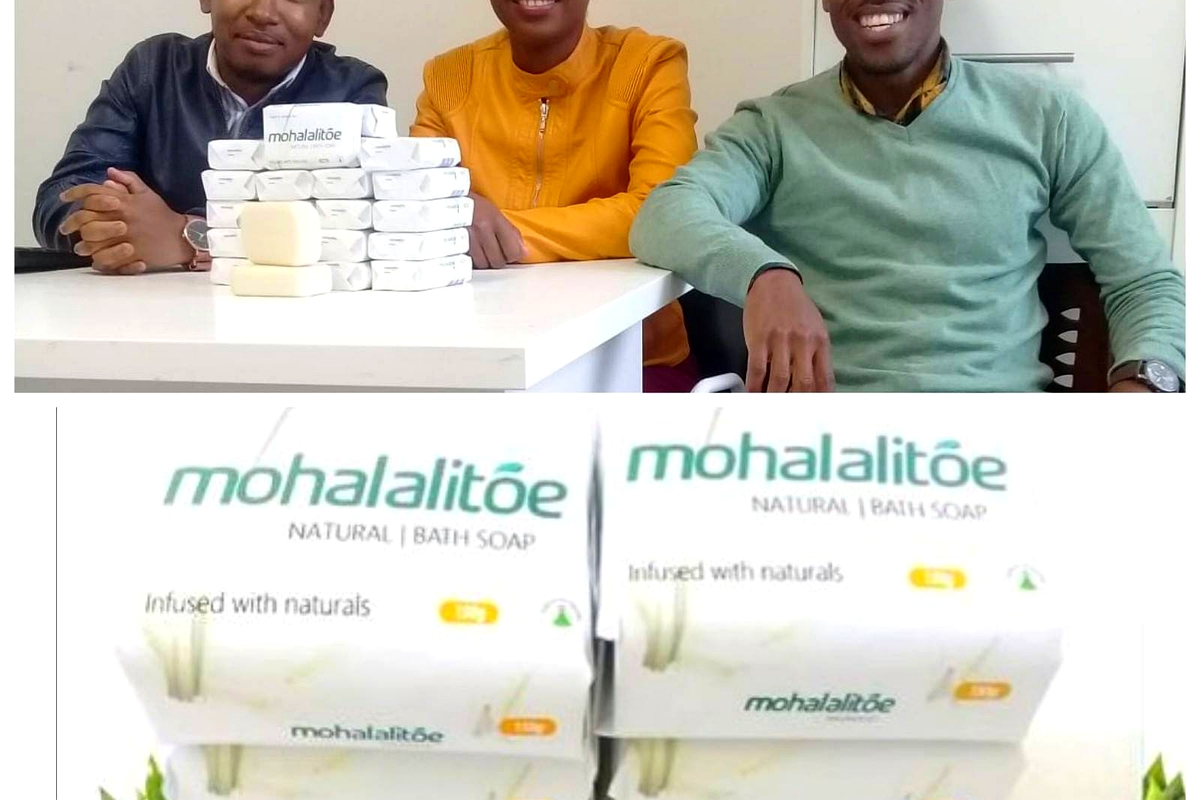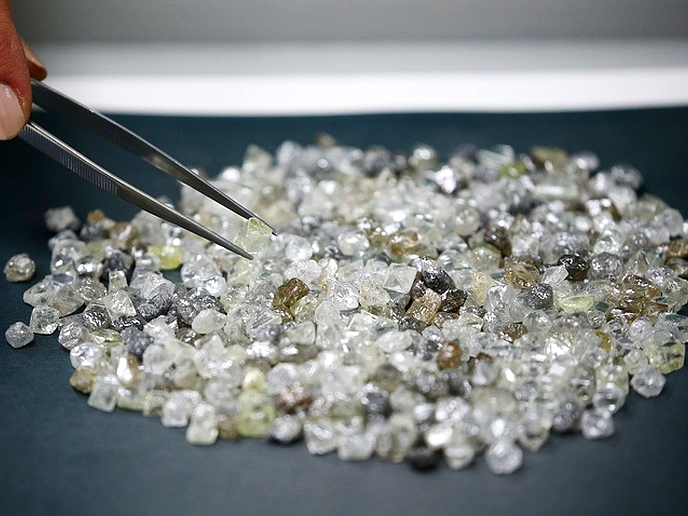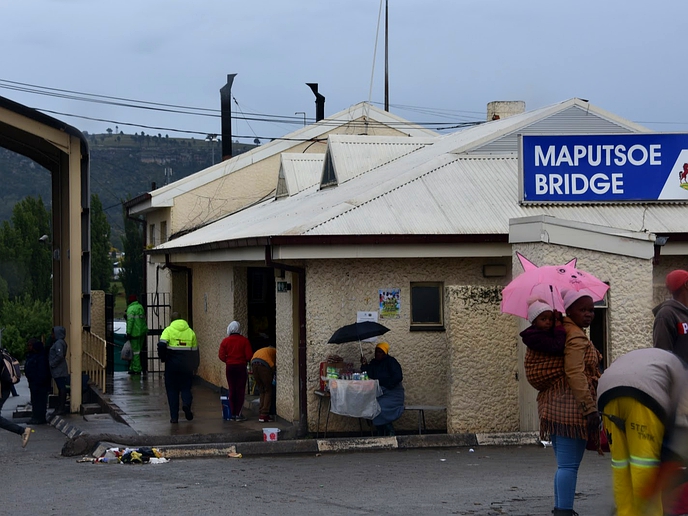Innovation hub A new, homegrown, natural soap Mohalalitoe (oa lithota) being produced by the National University of Lesotho (NUL) Innovation Hub has entered the retail market.Since it is a natural soap, it is very gentle on the skin and leaves the skin fully moisturised.
business
April 11, 2019
Staff Reporter/NUL
4 min read
Mohalalitoe soap storms the market

The soap is available at Unique Jewellery, NRH Mall Kiosk, near Ha Mafafa, Maseru.Producers say the soap will be made available at more outlets around Maseru and the country at large and these will be announced soon. The trade name, Mohalalitoe (is a Sesotho name for a plant which scientists, in their typical tendency to complicate otherwise simple things, call Zantedeschia albomaculata) but whose simpler English name is called calla lily.
Legend has it that mohalalitoe is the number one plant that is universally and traditionally loved and revered by Basotho of all colour and
creed. Fans of the mohalalitoe soap even go as far as saying it you try it once chances are you are going to abandon other “soaps” you have in house and even condemn them to the garbage bin where they belong. Critics of regular soap even claim these conventional “soaps” are not soaps at all but they are detergents.
But what really is the story behind the natural soap. Natural soaps are great but they have a weakness of coming at a hefty price. So they are normally not within reach of the average consumer in the street. It is therefore ground-breaking that Mohalalitoe, despite it being a natural soap is actually affordable for the regular consumer. “It is as good a natural soap as others in the markets, but it costs three times less,” said Lesia Matlali, one of the researchers who spent years developing Mohalalitoe along with ‘Marethabile Jane and Setlhare
Jane.
These scientists did not develop mohalalitoe overnight but they spent four years working on it. Yes, four good years because the idea was not only to make the best product but to figure out how to make the best at the lowest cost, Matlali explained.Whereas making soap in general is no rocket science, making Mohalitoe soap is if one thinks about some of the hurdles that the developers
had to confront.
“We were not only faced with the choice of making high quality but low cost soap, we also had to grapple with the issue of producing our own machines to make the soap,” said Jane, who focuses on process development in a number of businesses at the hub. Had they tried to buy off-the-shelf soap-making machines, it would have cost them a fortune. But, as we all know, unlike some privileged varsities especially in developed economies, NUL is not famous for having a big purse.
Enjoy our daily newsletter from today
Access exclusive newsletters, along with previews of new media releases.
That might ordinarily look like a setback but the very essence of innovation is creating a fortune out of nothing, sometimes literally nothing.“In our determination to mass produce the soap, we were no longer developing soaps only, we were also developing machines and processes to make those soaps, a tedious and tricky process indeed,” said the soft-spoken Jane who has some emotional attachment to Mohalalitoe.
These innovators had to gather technicians and engineers, locally and internationally and worked with them to develop the right kind of
machinery. “The result is that we now have machines that cost 20 times less than what we would have paid, had we chosen the traditional route, ” she added. But why do these scientists say regular soap is not “soap” but a detergent?
First, when a real soap is made, two things are formed which are soap and glycerine. Glycerine is always formed alongside soap and it is
always a major part of a real soap. But, due to its many other uses, glycerine can be amazingly lucrative. For instance, it is used in numerous skin products, such as skin creams as a high value component. For this reason, glycerine has become the focus of production in your typical factory, and, sadly “soap” has been relegated to being a by-product, a waste, in the process of making glycerine. The result?
You get a “soap” whose job, other than washing you of course, is also to dry you up! Literally! You got it right, your average soap dries you up! And that’s the point why the glycerine was removed from your “soap” in the first place - to do a damage control by “moisturizing” you after each drying episode. “We don’t want to say anything about the harsh chemicals the industrialists put on your ‘soap’ to make it ‘appear’ more acceptable to you. We don’t want to talk about that.
“By this point, you understand why we introduced Mohalalitoe the way we did,” the NUL innovators say.
Tailored for you






